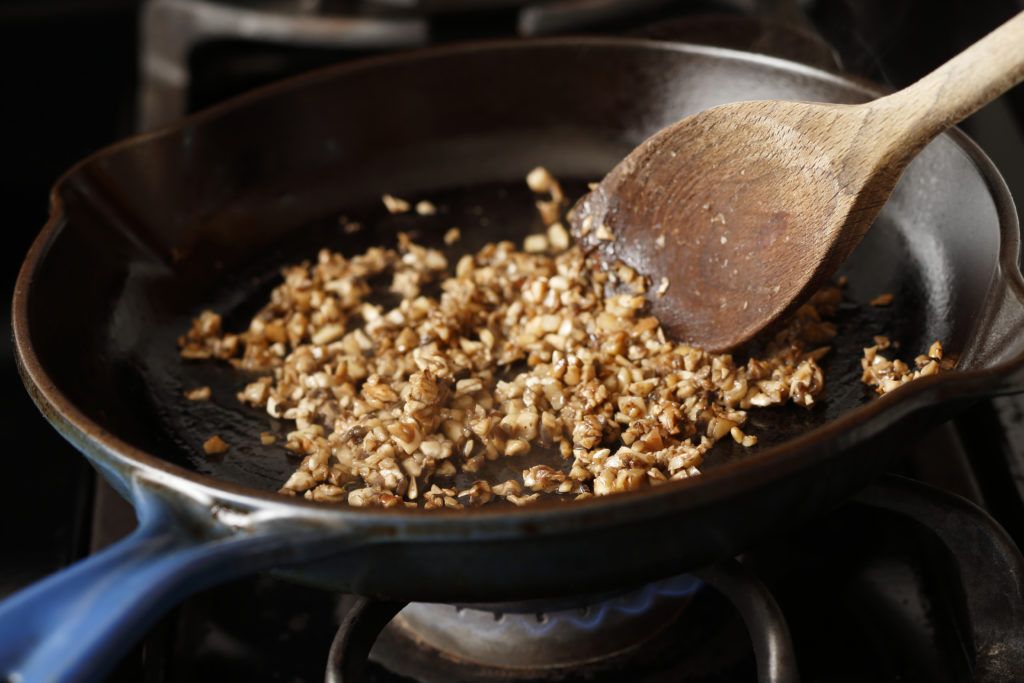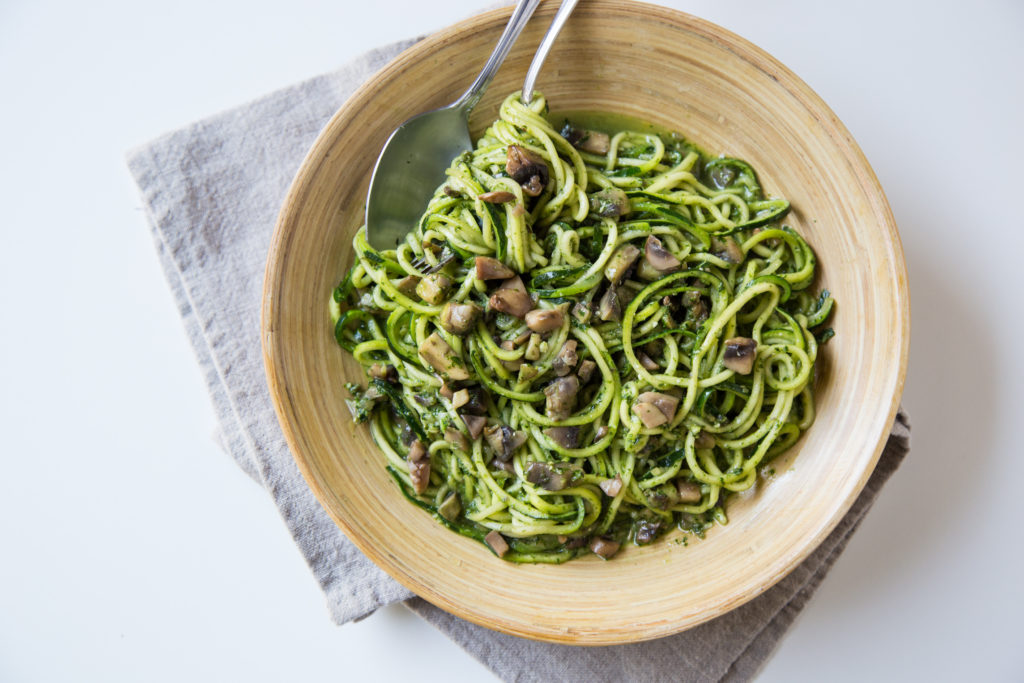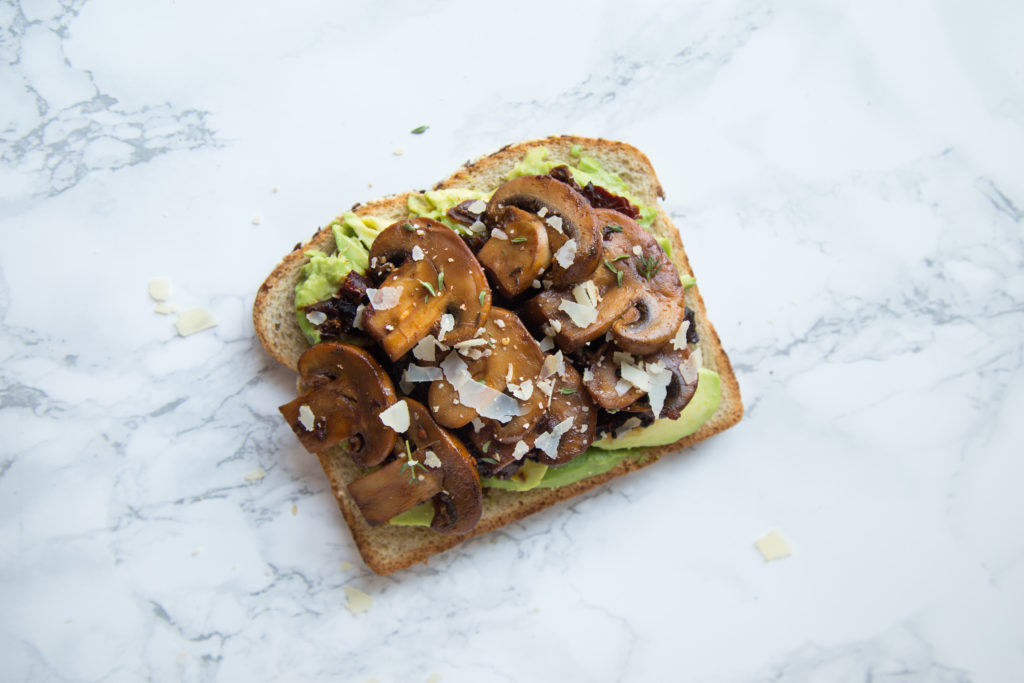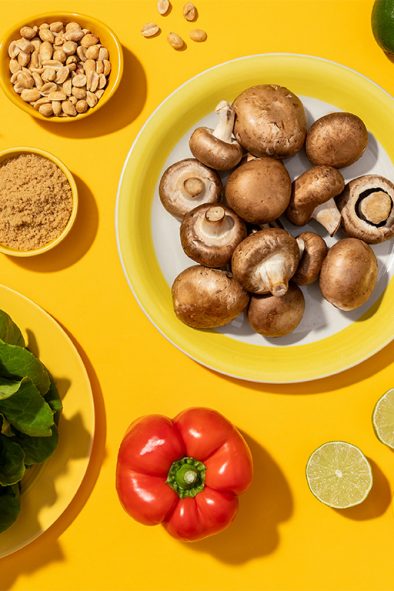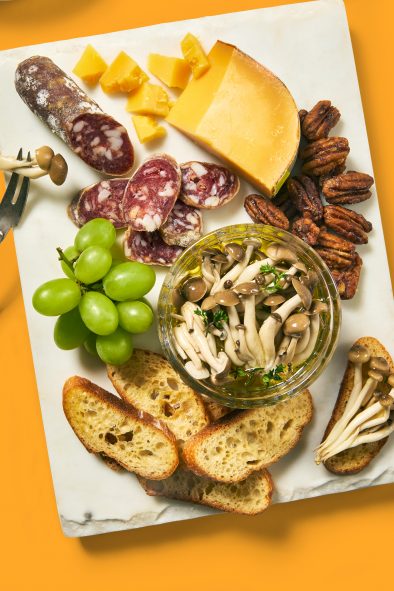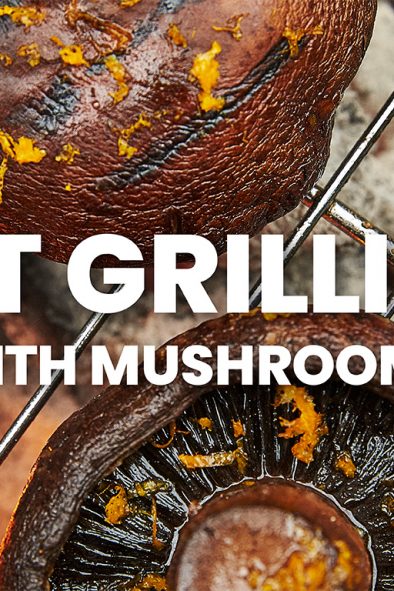Articles
Shroommates 2.0: The Nutrition Edition
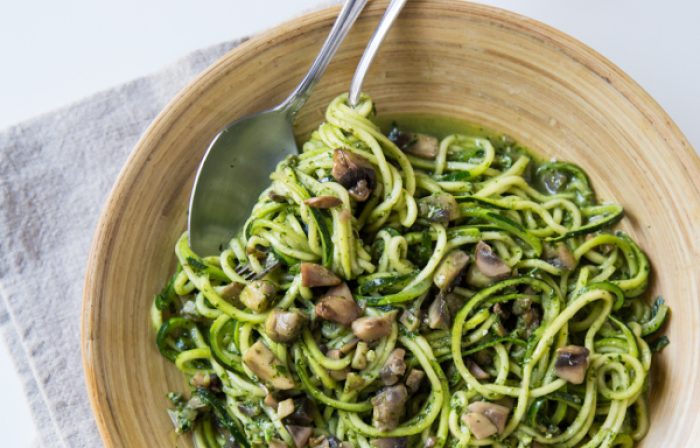
Did you know that mushrooms are the only source of vitamin D in the produce aisle and one of the few non-fortified food sources? It’s true! All mushrooms contain some vitamin D, but growers also have the ability to increase vitamin D levels by exposing mushrooms to ultraviolet light.
Last month we shared some of our favorite mushroom pairings – from the umami-bomb of mushrooms and tomatoes to the protein-packed mushroom and peanut combo. With March being National Nutrition Month, we’re taking a closer look at vitamin D, a nutrient found naturally in mushrooms, and other nutrients that pair well with it including iron, calcium and magnesium.
Vitamin D + Iron
Iron helps transport oxygen to cells while vitamin D helps regulate the immune system and reduce inflammation2,3. In fact, a recent study4 on female athletes found that one in four were deficient in iron and were three times more likely to also be deficient in vitamin D. "However, due to the observational study design of the research, it is difficult to assess exactly which nutrient exerts a stronger influence on the other."
A delicious way to pair vitamin D and iron is with The Blend. This mushroom-meat duo brings in the vitamin D from the mushrooms and the iron from the ground beef for a flavorful and nutritious base for burgers, tacos, meatballs and more.
Vitamin D + Calcium
Vitamin D helps build and maintain strong bones by helping the body absorb calcium, therefore insufficient levels can lead to rickets in children and osteoporosis in adults5. To get this pairing right, eat foods offering vitamin D, such as mushrooms, with calcium-providing foods, including kale, broccoli and dairy.
Kale and Basil Pesto Zoodles with Mushrooms
Vitamin D + Magnesium
Magnesium is important for many processes in the body, including assisting in the activation of vitamin D, and research has shown that consuming the recommended amount of magnesium is essential to obtain optimal benefits of vitamin D6. Fortunately, both nutrients are found in many delicious, everyday foods that are even tastier when paired together. Here’s one of our favorites featuring magnesium-containing avocados (4%), topped with vitamin D-containing mushrooms1.
How are you celebrating #NationalNutritionMonth? Show us your nutritious #shroommates dishes on social!
Sources:
1 US Department of Agriculture (USDA), Agricultural Research Service, Nutrient Data Laboratory. USDA National Nutrient Database for Standard Reference, Legacy. Version Current: April 2018. Internet: http://www.ars.usda.gov/nutrientdata
2 U.S. Department of Health and Human Services, National Institutes of Health, Office of Dietary Supplements (2018). Vitamin D Fact Sheet for Health Professionals. Retrieved from https://ods.od.nih.gov/factsheets/VitaminD-HealthProfessional/
3 Azizi-Soleiman F, Vafa M, Abiri B, Safavi M. Effects of Iron on Vitamin D Metabolism: A Systematic Review. Int J Prev Med. 2016;7:126. Published 2016 Dec 5. doi:10.4103/2008-7802.195212
4 Malczewska-Lenczowska J, Sitkowski D, Surała O, Orysiak J, Szczepańska B, Witek K. The Association between Iron and Vitamin D Status in Female Elite Athletes. Nutrients. 2018;10(2):167. Published 2018 Jan 31. doi:10.3390/nu10020167
5 Institute of Medicine (US) Committee to Review Dietary Reference Intakes for Vitamin D and Calcium; Ross AC, Taylor CL, Yaktine AL, et al., editors. Dietary Reference Intakes for Calcium and Vitamin D. Washington (DC): National Academies Press (US); 2011. Available from: https://www.ncbi.nlm.nih.gov/books/NBK56070/ doi: 10.17226/13050
6 The Journal of the American Osteopathic Association, March 2018, Vol. 118, 181-189. doi:10.7556/jaoa.2018.037

